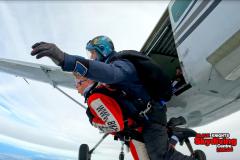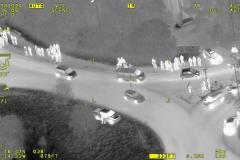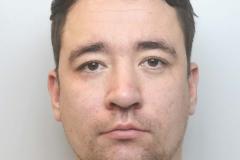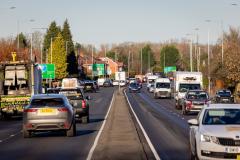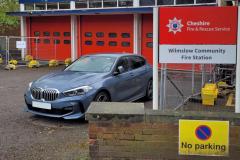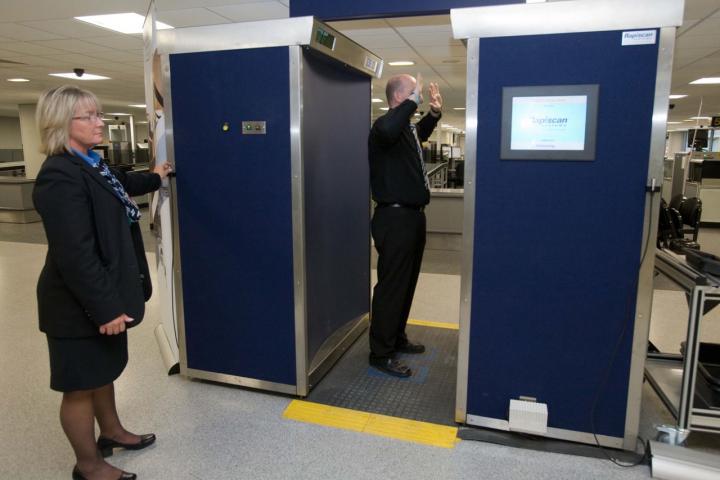
All three of Manchester Airport's passenger security areas will have Body Scanners in use by the end of October, airport bosses announced today.
Work to install a body scanner in Terminal 3 begins today – the first anniversary of the Manchester's trial, following an overwhelmingly positive reception from passengers.
Since the launch of body scanners, around 400,000 people have used the technology. Results of extensive passenger surveys since the airport began a voluntary trial in Terminal 2 in October 2009 revealed that over 95% of travellers consistently rate the body scanner process to be a significant improvement on the traditional airport security "pat down".
Body scanners have also slashed security queues. Replacing "pat downs" with body scanning technology has meant a dramatic reduction in the amount of time each passenger spends being security screened because the "pat down" process takes around two minutes whereas body scanners reduce this time to about 25 seconds.
"We began trialling a body scanner in 2009 because one of the most regular complaints from our passengers was about being patted down at security", said Andrew Harrison, Manchester Airport's Managing Director. "Body scanners could solve this but we also knew that the technology was controversial which is why we embarked on a trial.
"Our passengers and staff tell us that they much prefer the experience of a body scanner because it is significantly quicker as it doesn't involved being frisked nor does it require them to remove their coats, jackets and belts.
"We fully respect that a small number of people have reservations about body scanners on privacy or medical grounds but we have gone to great lengths to ensure the highest levels of privacy protection and expert studies have shown that the technology is safe.
"That's why we have decided to install a body scanner in Terminal 3 giving all of our 18 and a half million passengers a better security experience when travelling through Manchester Airport."
When the body scanner trial began in October 2009, under 18's were exempt from the process, in accordance with specialist advice at the time, and passenger feedback was 75% positive. But on Christmas Day 2009 when an alleged terrorist incident on a US flight into Detroit was foiled, governments from all over the World began looking to body scanners as a new line of protection for air travellers. In the week after the incident, passenger acceptance levels of the Manchester Airport body scanner trial immediately increased to over 95%, where it remains today.
On 1 February 2010, the UK Government instructed airports already operating body scanners, Heathrow and Manchester, to make the technology compulsory. Within the first four weeks, two female Muslim passengers became the first people to be refused travel after they declined to use the body scanner on religious grounds. There have since been no refusals and these passengers have since visited the airport to better understand the privacy controls which they told airport staff has allayed their concerns.
In May 2010, Manchester became the first airport in Europe to replace hand searching with body scanners when it secured a unique agreement from the European Commission. The move allowed passengers to keep their coats, jackets and shoes on, dramatically cutting the total time that passengers spend in the security process. Shortly afterwards, body scanners were introduced to Terminal 1 to coincide the busy summer season.
Despite a report from a Columbia-based University in June calling for additional research into body scanners and radiation, a study released by the UK's Health Protection Agency in September confirmed that the technology is medically safe because the exposure levels are so small.
The latest decision by airport bosses makes Manchester the first UK airport to deploy body scanners across all of its passenger terminals.


